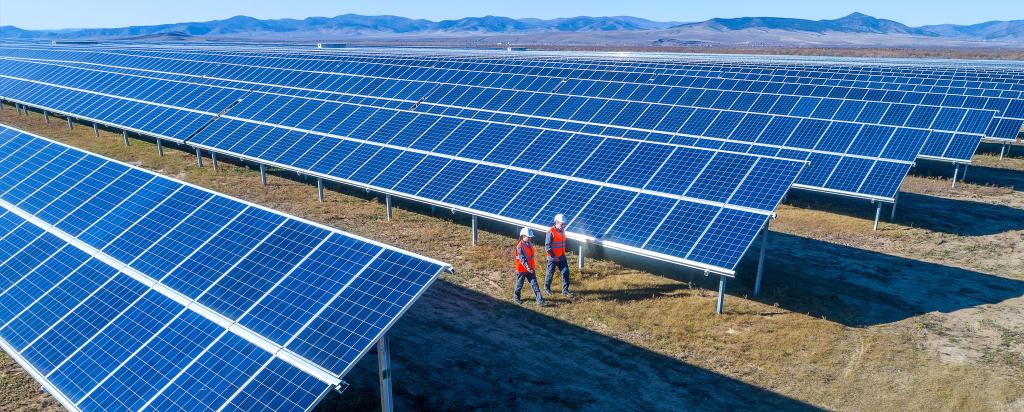
Education Resources
Showing 11 - 20 of 62 learning resources…
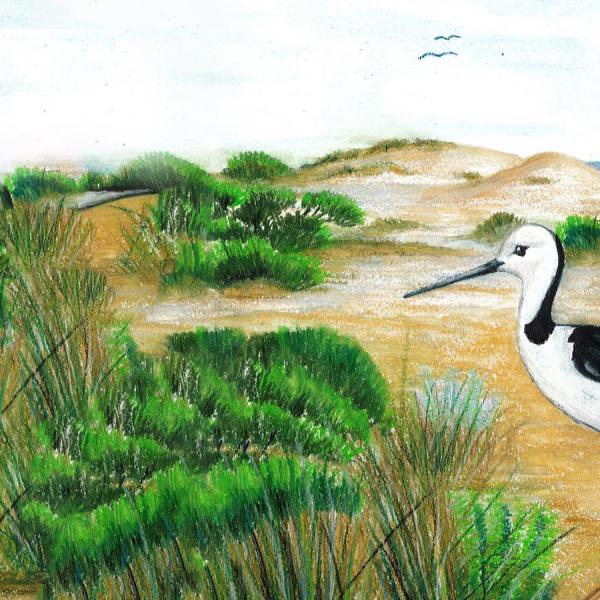
Shorebirds 2024: Flight for Survival
An initiative for National Science Week 2024, the Shorebirds Competition addressed the 2024 National Science Week theme of "Species Survival" and provided unique cross-curricula learning for Australian primary school students in Years 3-6.
Information and resources
Elements in the 21st Century
Do you love science? Here is a competition for you that combines chemistry and creativity! Discover the world of elements and create a poster for your favourite element in this competition for school-aged students.
Competition Information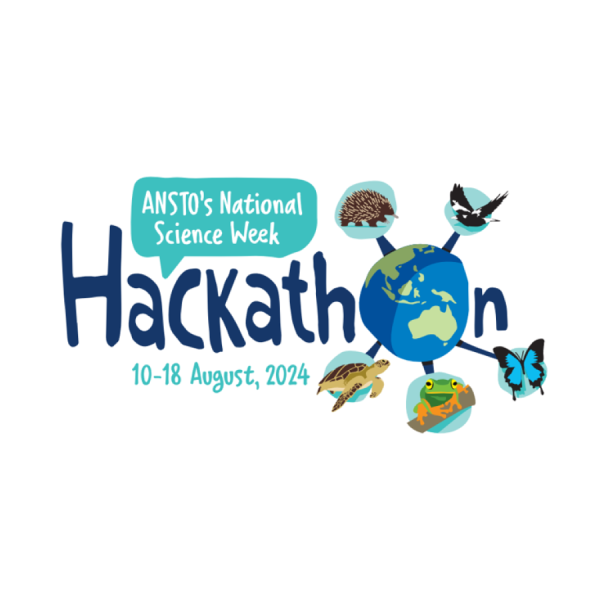
ANSTO Hackathon 2024 for National Science Week
Students from across Australia competed in a fast-paced design challenge about species sustainability during ANSTO's 2024 National Science Week Hackathon. Teachers and students can see the winning entries and access design challenge learning resources from our website.
Information and resources
Community group tours (Lucas Heights, Sydney)
This tour provides an in depth look into the world of nuclear science and the work ANSTO does in the areas of health, the environment and delivering solutions for industry.
Tours are designed for adults and children 8 years and over, and can be booked for groups from Monday to Friday, subject to availability. Groups must be at least 12 people. These are general tours for community groups - if you are a school group, please see our range of syllabus-linked school tours.
Duration: 2.5 hours
Cost: $15 per person
Request a tour
Secondary school tours (Australian Synchrotron, Melbourne)
Facilitated by the Swinburne University of Technology, our school tours are designed to meet syllabus outcomes and enhance students’ understanding of nuclear science and technology.
Programs include VCE and Year 9-10 laboratory sessions, as well as school tours of the Australian Synchrotron.
Information, pricing and request a tour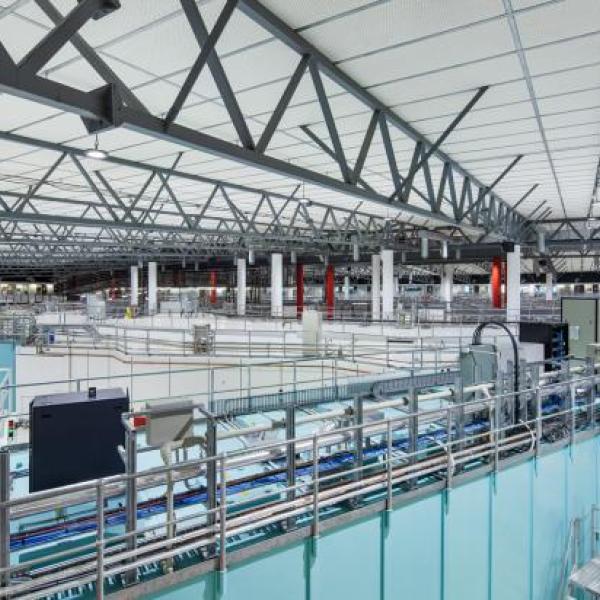
Industry and community group tours (Australian Synchrotron, Melbourne)
Explore this world-class facility that is able to examine materials at an atomic level and learn about the broad range of important research applications from medicine to biotechnology, advanced materials and even cultural heritage.
Guided 90-minute public tours of the Australian Synchrotron are available throughout the year.
Information, pricing and request a tour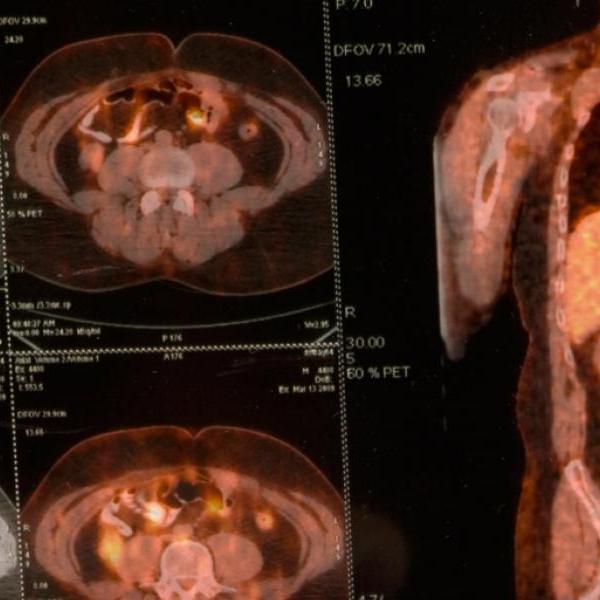
Cyclotrons and PET scans fact sheet
This fact sheet gives an overview of:
- Positron Emission Tomography (PET) scans
- Fluorine-18 and its decay
- Production of F-18 using a cyclotron

Aligning Taipan, one of ANSTO's neutron scattering instruments
Scientists ensure their measurements are accurate and precise by regularly calibrating their instruments. In this data set, students manipulate and graph calibration data from Taipan, one of ANSTO's neutron scattering instruments. Students must determine whether Taipan is functioning within the acceptable limits of error for the scientists' experiments.
Student worksheetData file (excel spreadsheet)
Australian Synchrotron: Discoveries with Light Workbook
This guide covers concepts such as interaction of light and energy, nuclear physics, and radioactivity through the workings and applications of the Australian Synchrotron
Student workbook
Pre-2018 Year 12 Physics workbook
This workbook was designed for the old pre-2018 Year 12 Physics NSW syllabus, 9.6 Medical Physics and 9.8 Quanta to Quarks
Student workbook